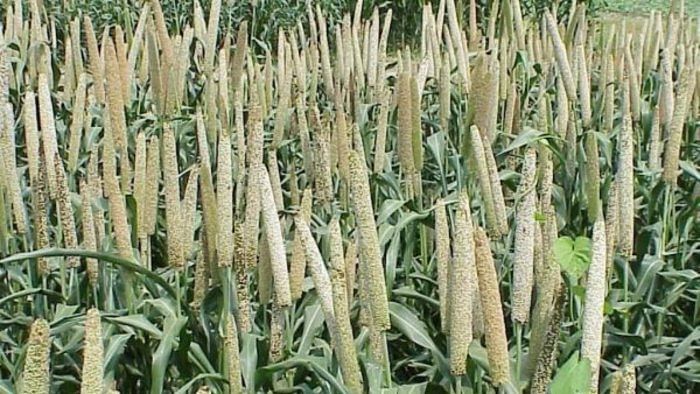
As the world moves towards health and wellness, nutrient-rich cereals and small-seed grasses, which were the staples of our ancestors, are making a comeback on our plates. One such nutrient-rich cereal and small grass that has gained significant attention in this transition is millets. It has become a fad, particularly among millennials, for its health benefits.
Millets are sturdy crops that can withstand drought and harsh weather conditions, making them suitable for diverse agro-climatic regions. They are widely grown and consumed in Asia, Africa, and certain parts of Europe and the Americas. Recognising their nutritional value, environmental benefits, and sustainability, the United Nations General Assembly declared 2023 the International Year of Millets (IYM2023) during its 75th session. The theme for this year us “Harnessing the untapped potential of millets for food security, nutrition, and sustainable agriculture.”
The Green Revolution, which began in the 1960s, had a significant impact on millet cultivation and consumption in India. While the Green Revolution increased agricultural productivity and helped address acute food shortages, it also led to changes in cropping patterns and a decline in millet cultivation. In some societies, including parts of India, there has been a social stigma attached to millets, considering them food for the poor and marginalised, which was also a reason for the decline in their production and consumption. Millets have been traditionally associated with rural and economically marginalised communities, which relied on these crops due to their affordability, accessibility, and ability to grow well in challenging agro-climatic conditions.
While millets offer numerous sustainable and nutritional benefits, their cultivation and promotion face various challenges:
Research and development: Compared to major crops, there has been relatively limited investment in research and development for millets, which has led to gaps in knowledge related to improved millet varieties, agronomic practices, processing technologies, and value addition. More research and development efforts are needed to enhance the productivity, quality, and market competitiveness of millets. Governments should invest in R&D to develop improved millet varieties with enhanced yield, nutritional value, and pest/disease resistance.
Policy support: Policy frameworks and government support for millets vary across regions and countries. Inadequate policy incentives, such as price support, subsidies, and research funding, can hinder the expansion of millet cultivation. Governments can develop and implement policies that recognise the importance of millets and provide incentives for their cultivation, such as price support mechanisms, subsidies for inputs, research funding, and favourable trade policies.
Infrastructure and value chain: The infrastructure for millet cultivation, processing, and marketing is often inadequate, particularly in rural areas. Limited access to irrigation, storage facilities, processing units, and markets can pose challenges for millet farmers. What is needed is investment in infrastructure related to millet cultivation, processing, storage, and marketing. This includes providing access to irrigation facilities, establishing processing units, improving storage and transportation systems, and creating market linkages for millet farmers.
Subsidies can provide financial incentives and support to farmers, making millet cultivation more attractive and economically viable. Governments can consider providing input subsidies such as seeds, fertilisers, and pesticides to reduce the cost burden and encourage farmers to adopt millet cultivation practices. Subsidising irrigation infrastructure, price support, marketing and processing can all promote millet cultivation. Subsidies can be provided to research institutions and farmers engaged in innovative millet-related projects like improved farming and breeding techniques and developing new varieties.
By embracing millets as a staple crop, we can enhance agricultural diversity, mitigate the impact of climate change, and foster healthier diets for a sustainable future.
(The writers are assistant professors at Symbiosis Institute of Business Management, Bengaluru.)